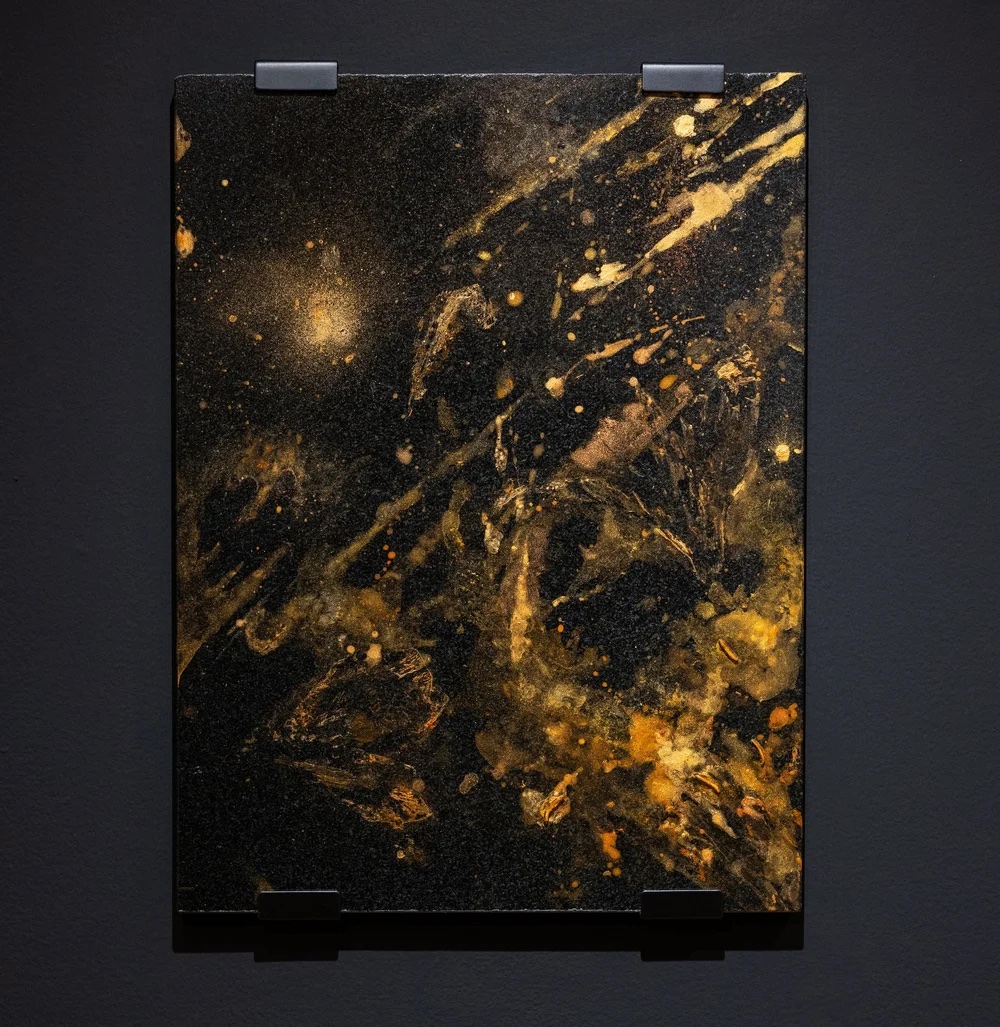4. Nothing Under Heaven
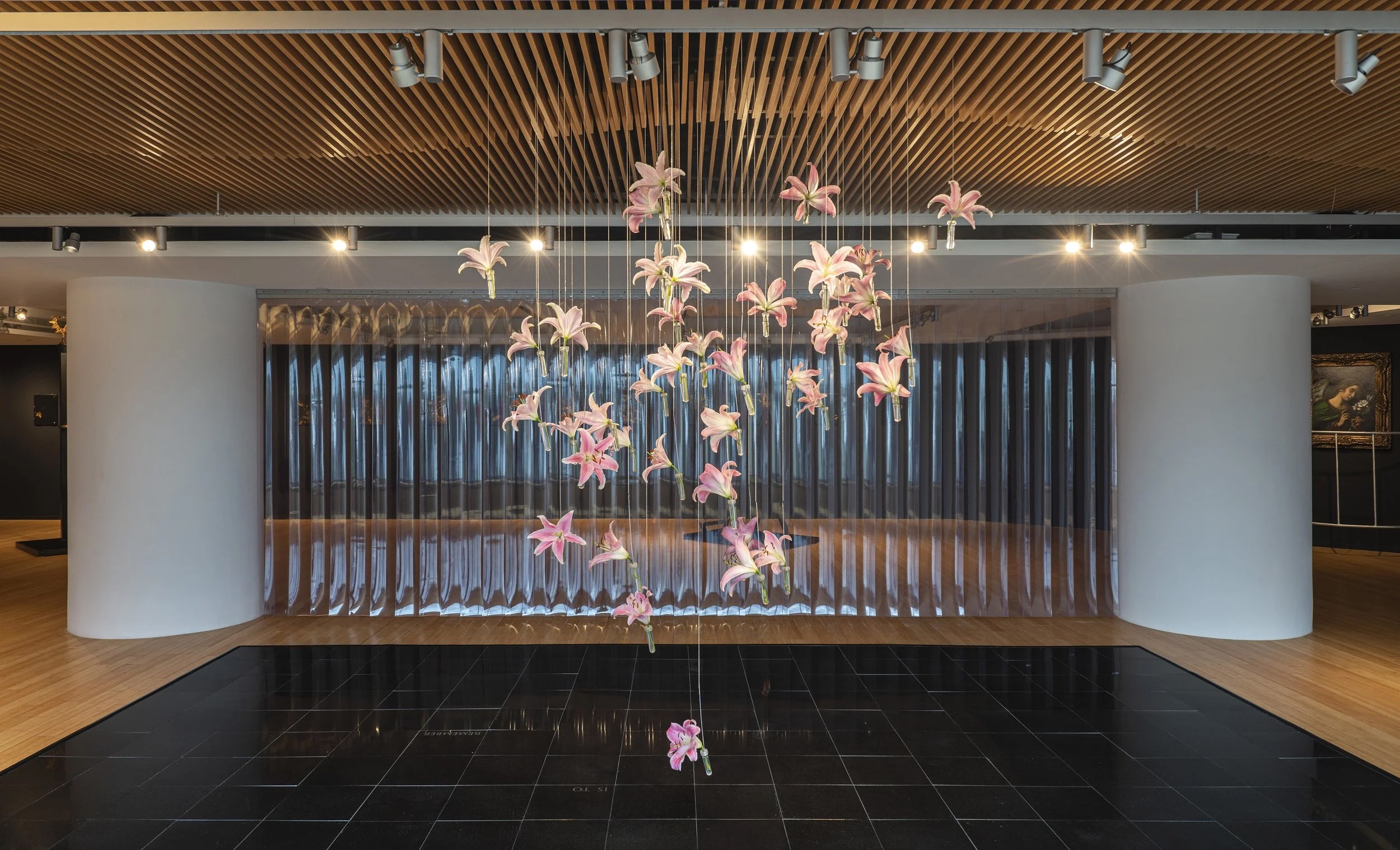
Nothing Under Heaven
An interactive memorial for the LGBTQ community anchors works by Joseph Liatela, Andy Warhol (1928-1987), and religious art by Carlo Dolci (1616-1686) that invoke a range of stories to assess what it means to move together, remember together, and repair together.
Featuring Joseph Liatela, Andy Warhol (d. 1987), Carlo Dolci (d. 1686).
Curated by Jesse Bandler Firestone
Montclair State University Gallery, September 14– December 1, 2022
Reviewed by Emily Colucci in Filthy Dreams
In Nothing Under Heaven, Liatela correlates spaces of communal experience – churches, medical institutions, and clubs – where promises of salvation and healing commingle in proximity to loss and grief.
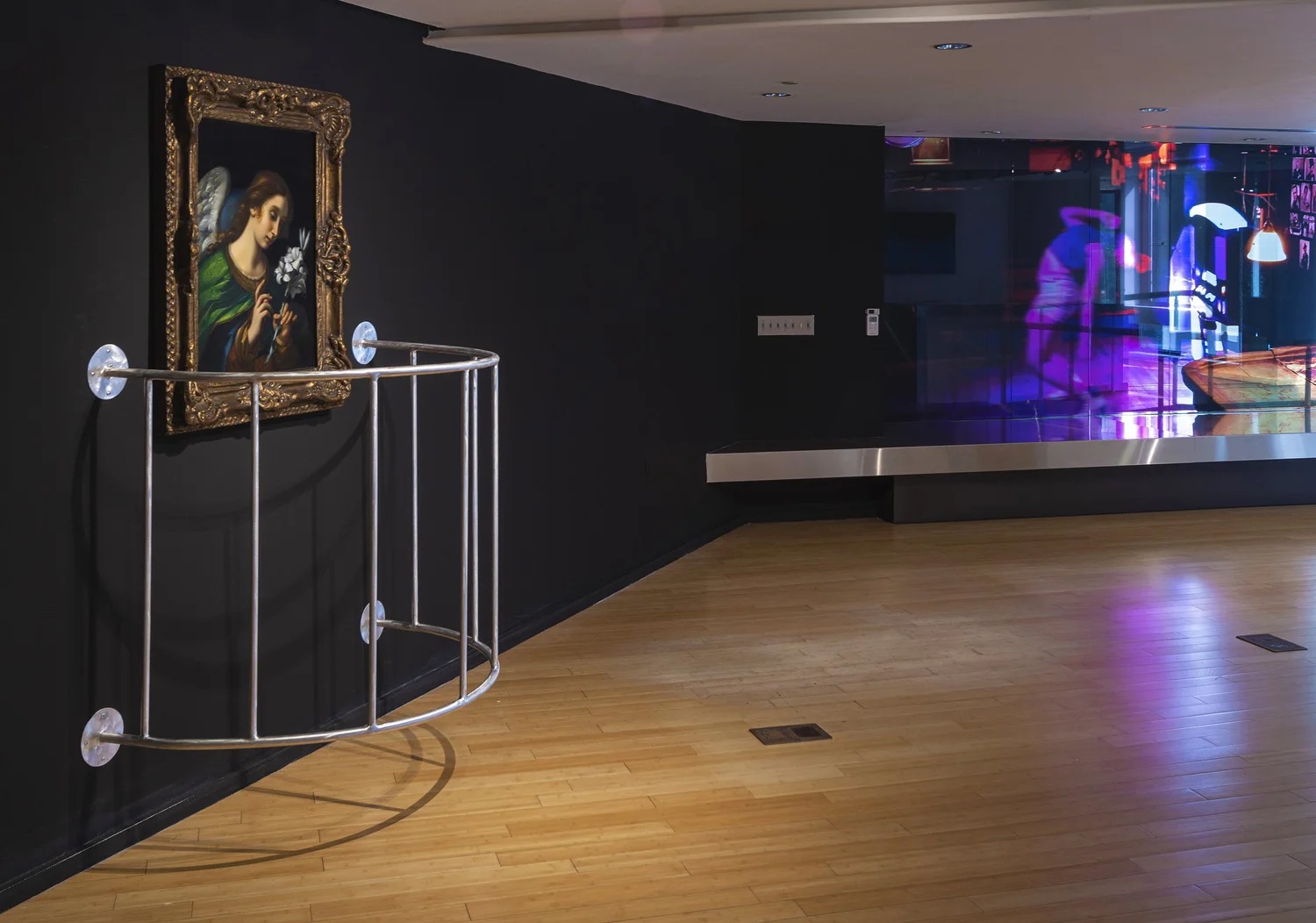
By uniting these different spaces through a range of mediums and interdisciplinary analysis, Liatela reveals how these disparate environments hold similar contradictions that impact the way we perceive ourselves and each other.
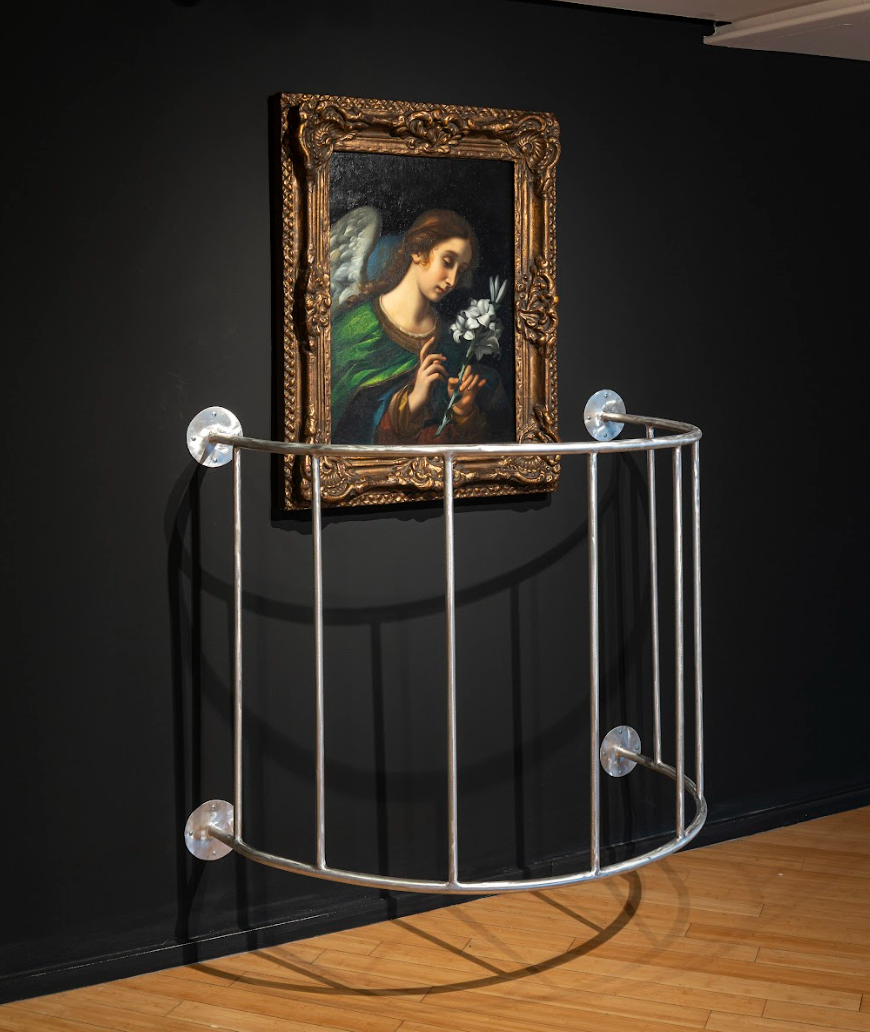
Within the exhibition, the search for absolution in a Church, the potential for restoration through medical care, and the rapturous escapism of the club become entangled. Liatela also unites ideologies of the afterlife – the veneration of patron saints, possibilities of dancing with the ghosts of loved ones, and the lingering specter of death in hospitals – to further pronounce their similarities while making their differences visible as well.

This tension is explored in relation to the complexities of a medical system that is heavily biased and inaccessible despite being positioned as a system of care. Liatela also draws correlations between devotion, salvation, punishment, and pleasure through sculptures that invoke the visual languages of both the nightclub and Catholic objects designed to put the body into a position of worship.
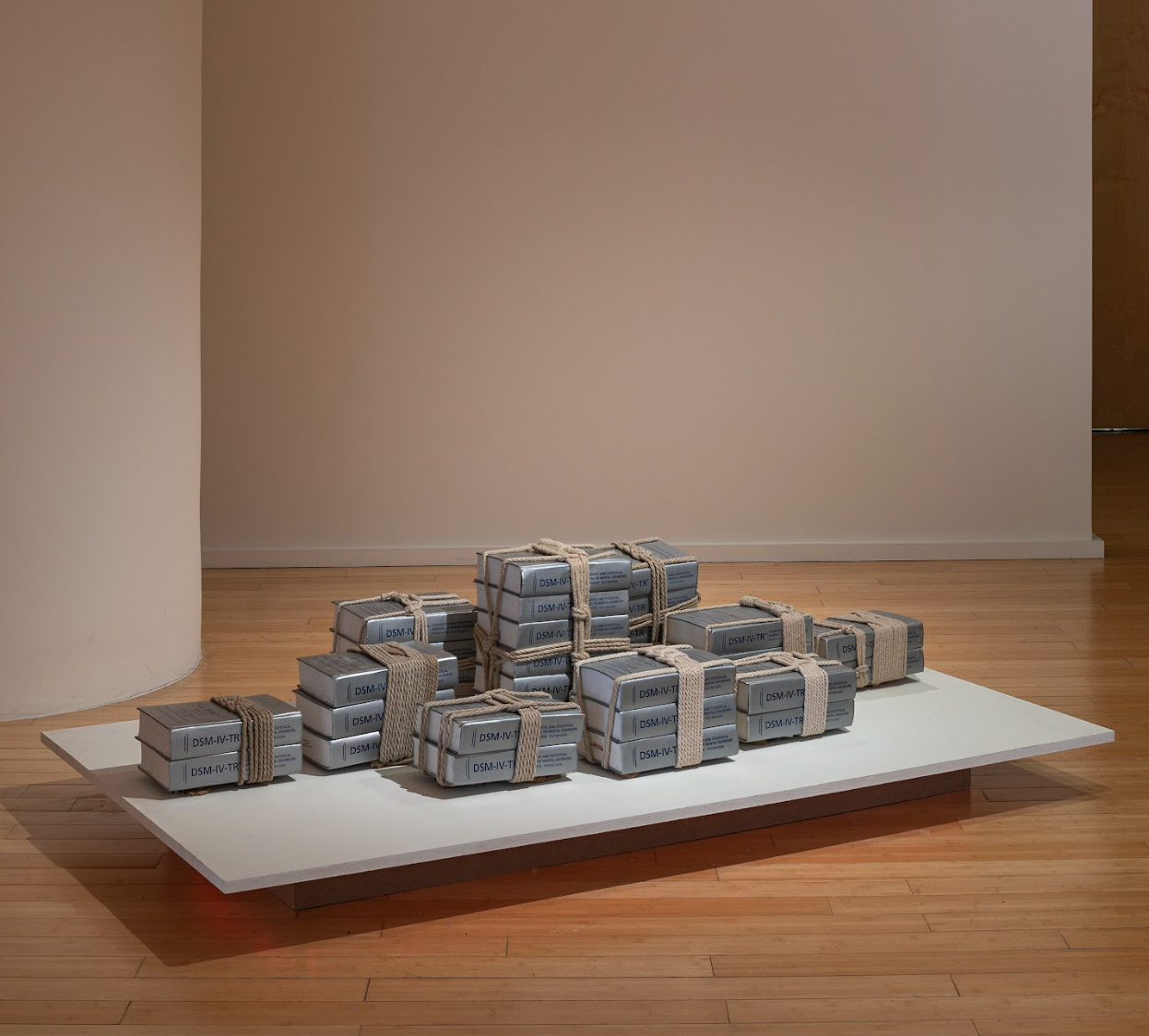
Similarly, Liatela frames the club as a necessary site of gathering and communion with queer ancestral lineages in respons to marginalization.
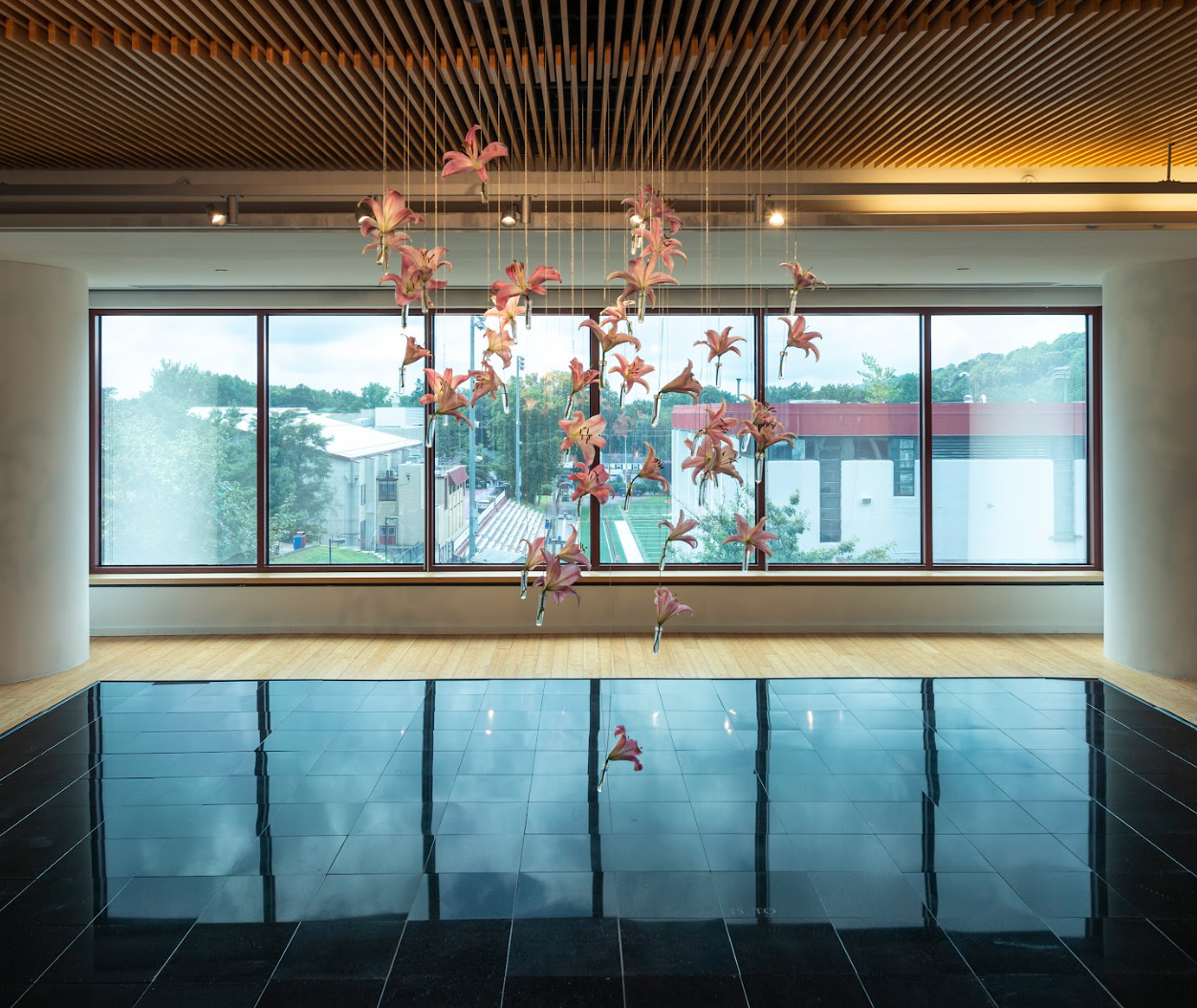
In searching for more moments of reprieve and solidarity within these larger systems, Liatela finds company with his chosen ancestors Andy Warhol, the Archangel Gabriel who has historically been depicted without a fixed gender (painted by Carlo Dolci), and James Baldwin to whom the title of the exhibition pays homage.
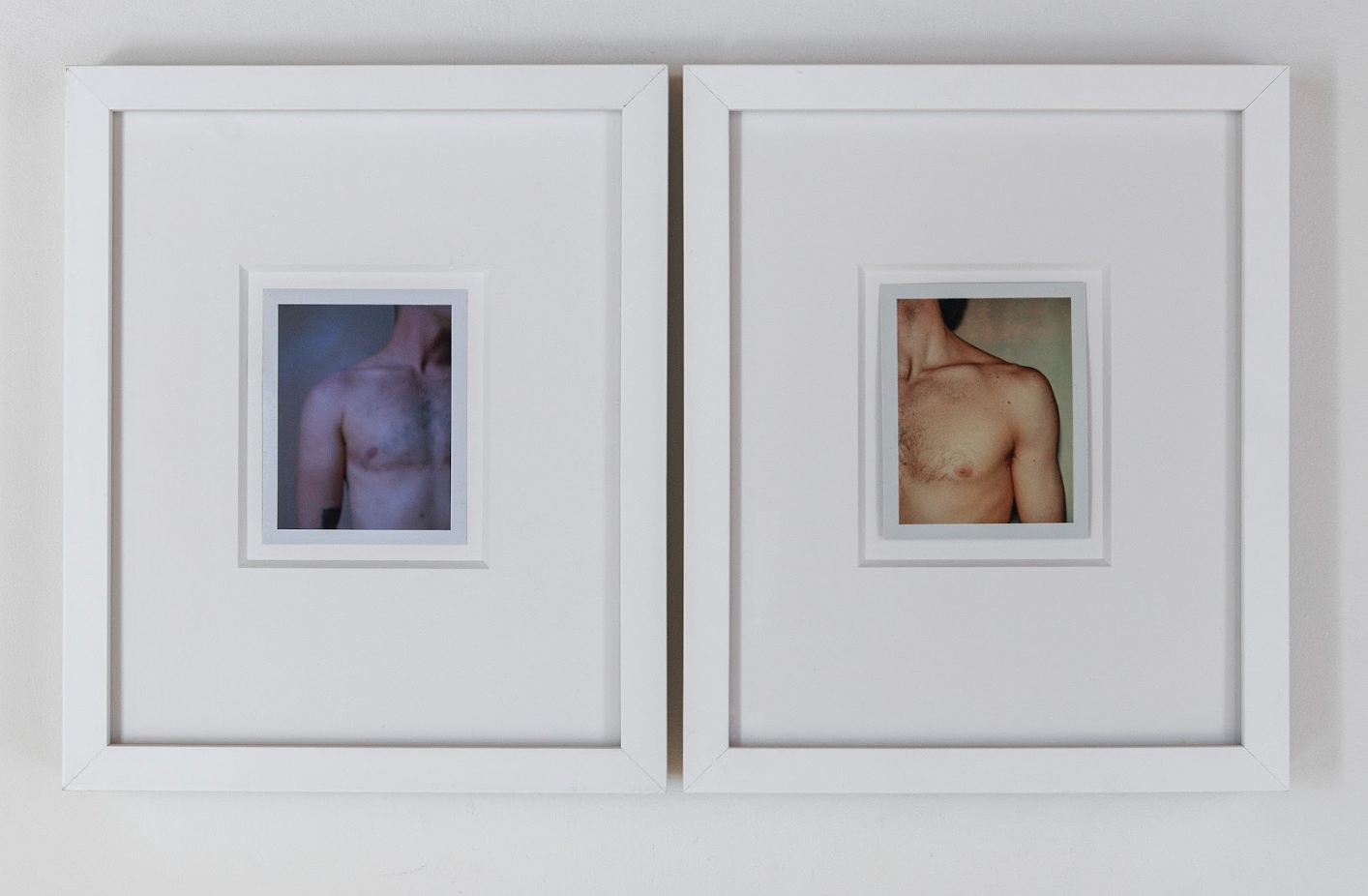
By giving visual form to the simultaneous yet dichotomou conditions explored within the exhibition, Liatela distills a complex network of emotional, spiritual, and bodily experiences.
